Sebastian Pether - Gifted Gallery
- Lilium

- Jan 25, 2023
- 2 min read

Sebastian Pether, born 1793 in Chelsea, London, was an English landscape-painter. Pether's main works consisted of firelights, moonlights and sunsets.
The eldest son of painter Abraham Pether, he was a pupil of his father, and followed him in subject matter, but led a beleaguered life. His brother Henry Pether was also a talented landscape painter of moonlit scenes.
Pether married young and had a large family of nine children, and had few opportunities to create commissioned works and his works were not often exhibited, forcing him to work for dealers to maintain a living. He was well-educated, and even claimed to have first proposed the idea of a stomach-pump to the surgeon Andrew Jukes.
His paintings were praised for their accuracy and congruency of colour. He could have made a fortune from the sales of his work but being desperate for money to feed his family he was having to accept paltry sums from art dealers who knew of his desperate financial circumstances and wanted his work so they may be copied and sold on.
"One of Sebastian’s beautiful painting is his Fishing by Moonlight. The work is painted on panel, which is a medium best suited to the fine brushwork quality, which he found necessary for this intricate work. In this painting, he has cleverly used the strong use of chiaroscuro effects of light and shade in his painting. The eye, of course, is drawn towards the full moon, which illuminates the sky and caresses the clouds. Look how the artist has created the mysterious atmosphere of the moonlit evening. He has depicted the moonlight glistening on the river below and has painstakingly depicted the buildings in meticulous detail. On the bank in the foreground we see the two night fishermen silhouetted against the calm waters."

In 1814 Pether sent to the Royal Academy View from Chelsea Bridge of the Destruction of Drury Lane Theatre, and in 1826 A Caravan overtaken by a Whirlwind, a commission from John Fleming Leicester, who was his only patron. In the spring of 1842 he sent three pictures with the help of a frame-maker, to the Royal Academy, all were rejected.
During the last years of his life he lost three children to consumption and another to lockjaw; his eldest son William became a mosaic artist. Pether died at Battersea of an inflammatory attack on 14 March 1844 at York Cottage, Battersea Fields, and a subscription was raised for his family. Charity was raised for his surviving daughter in a November 1876 issue of the London Times, who was said to be destitute after ruining her eyesight working as a needlewoman.
"A truly sad ending to a great painter.



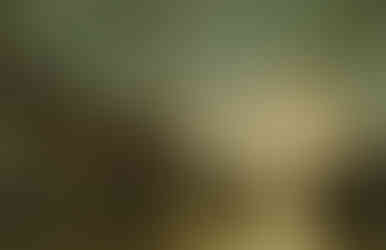





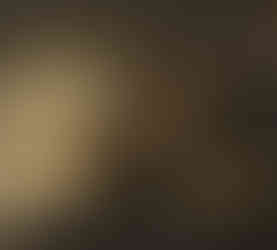













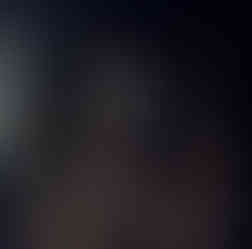







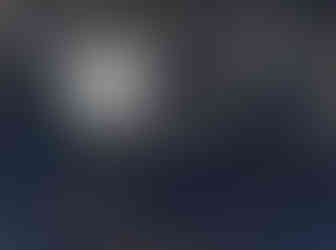


















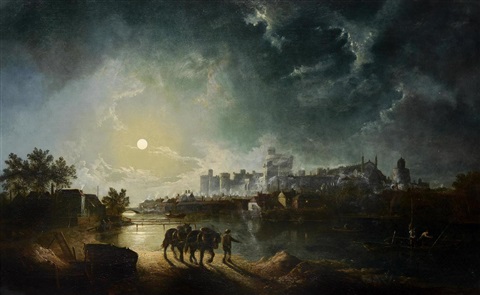




















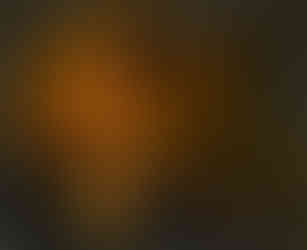






























Comments